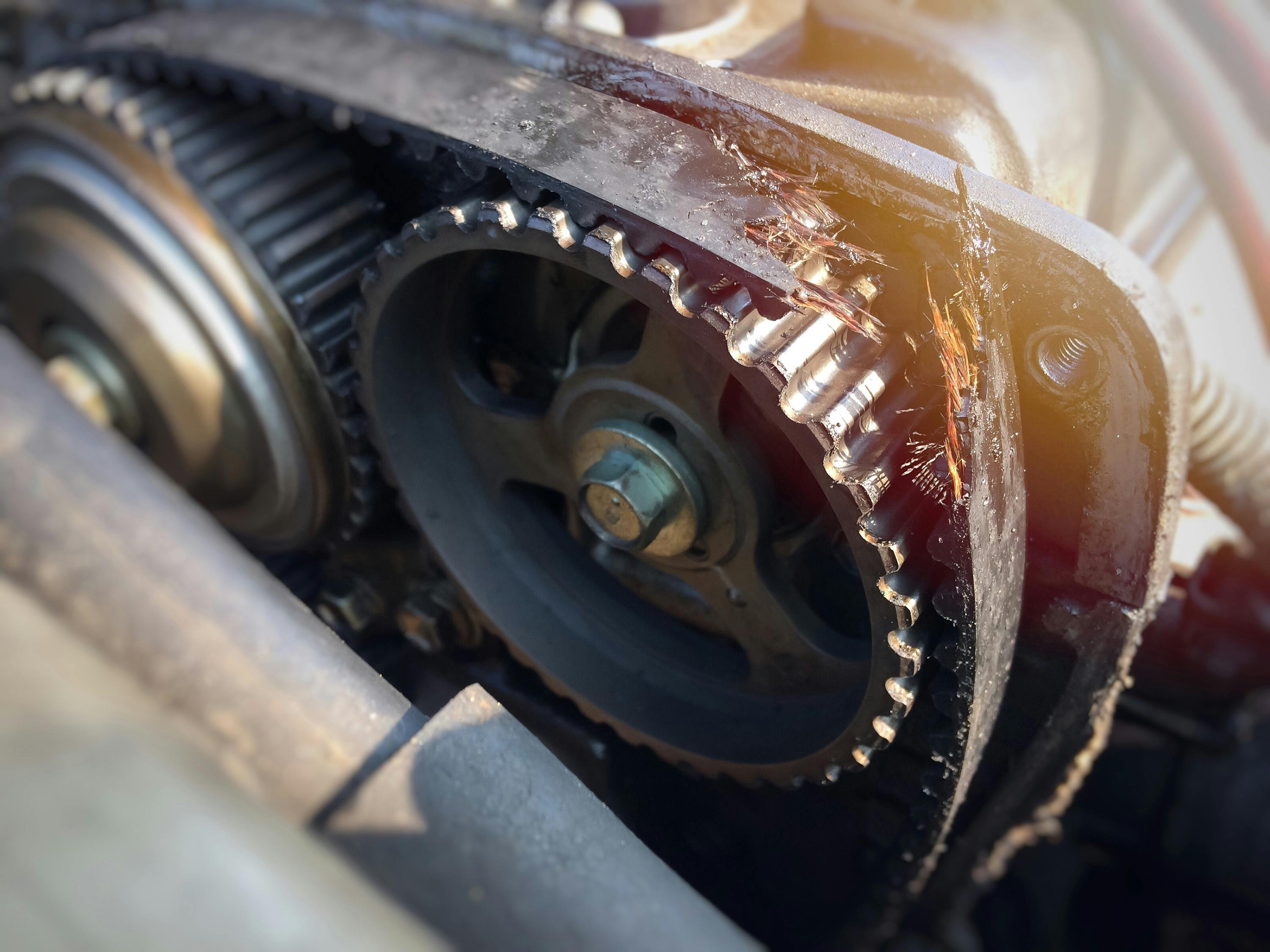When should a timing belt be replaced

Although modern timing belts are designed to last for a really long time, all timing belts are service items that must be replaced at fixed time or mileage intervals. However, timing belt replacement intervals vary greatly between vehicle brands and even between models from the same manufacturer.
Let us look at a few examples of prescribed replacement intervals-
- Honda timing belts must be replaced every 84 months, regardless of distance travelled
- Toyota Hilux timing belts must be replaced every 160 000 km
- Hyundai Getz timing belts must be replaced every 90 000 km or every five years- whichever comes first
- Holden Cruze timing belts must be replaced between 100 00 km and 150 000 km, depending on the model. Note that some Cruze models are fitted with timing chains, which do not require replacement
- Subaru Forester timing belts must be replaced every 100 000 km or four years, whichever comes first. Some Subaru timing belts can be replaced every 125 000 km or five years, whichever comes first. Note though that many late model Subaru models are fitted with timing chains, which do not require replacement
- Ford Territory diesel timing belts must be replaced every 100 000 km. Note though that Ford Territory diesel engines have two timing belts. One timing belt serves the camshafts, while a second timing belt serves the high-pressure fuel pump. The second timing belt is located on the rear of the engine, and this belt must also be replaced every 100 000 km
- Toyota LandCruiser 1HZ timing belts must be replaced at maximum intervals of 90 000 km
From the above, it should be clear that every car manufacturer has its own prescribed timing belt replacement intervals. Therefore, we highly recommend that you consult with a dealership for your vehicle to determine the correct timing belt replacement intervals that apply to your particular vehicle.
Ignoring prescribed or recommended replacement intervals could cause the timing belt to fail without warning. If this happens, the engine could suffer damage that might not be repairable.
NOTE: Some online sources, and especially discussion forums, often mention things like timing “chainbelts”, or a belt in oil system. However, the fact is that timing belts never run in oil because contact with engine oil damages timing belts.
What these sources are talking about is a type of timing chain that somewhat resembles a timing belt because these chains seem to have “teeth”. The long and short of it is this- if it runs in oil inside the engine, it is a chain, while if it runs outside the engine, it is a belt.
